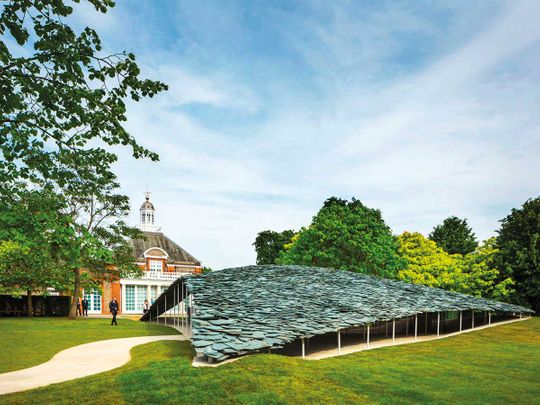
I studied architecture for seven years, at one of the best design schools at the time. They taught me a lot; a lot of which was outdated even then. I did not mind, for the course challenged me and my course mates. It allowed us to think, to dream and to do — it gave us the tools to pave our own way. Some went on to pursue architecture. Others explored different form of creative expression: product design, graphic design, education and journalism.
What the course did not prepare any one of us for, was the blunt disregard in the outside world.
Mind you, this was 2005; I remember everyone — from potential employers, and then the clients — was on a high horse. I recall my Masters interview where I called design an ‘industry’. One of the jury members shot back: “It is a profession my dear, not an industry.”
I asked him: “Does that explain the paltry entry level salaries after years of rigorous training and clients who expect free work?” Needless to say, the interview didn’t go well. Over the years things have changed for the better, and the ‘profession’ has stood up for itself; at the user level, there is still a lot of work to be done.
I get it. We are not delivering babies, we are not saving innocents from predators, we are not advocating for law reforms. On the surface what design does may seem quite superficial: we are just adding beauty to a space. But I beg you to take a step further in that thought process. Don’t we play out our lives in these built environments? Don’t we remember for all of our lives big, life changing moments, the details of the scene they played out in? The surroundings, the décor (or the lack of it) and ease (or not) of function.
BEYOND THE PRETTY

There is a higher purpose than beautiful objects with bank breaking price tags. Initiatives like the Loewe Craft Prize are instrumental in bridging contemporary design and audience with generations old making traditions. Japanese designer Genta Ishizuka won the 2019 prize with his lacquered beauty. Through his expert use of the urushi lacquer technique which originated from Japan between the 7th and 8th centuries, and using the simple motif of a bag of oranges as his inspiration, he created a piece that is contemporary in its appeal, yet obviously connected to tradition and memory.
Design drives the new economy. But more than that, contemporary design offers a viable platform for artisanal communities in a post-industrial world. As more and more designers or brands collaborate with craftsmen, adapt their techniques for present day living, these communities claim a place at the table. These collaborations enriches contemporary design with character and soul, at the same time providing encouragement and incentive to those who are still invested in nurturing centuries old traditions, protecting the rigorous values of craft for the future generations.
CHANGE FROM WITHIN
For the design profession to be truly valued, the system needs a reset. As much as an overhaul of design courses is required, Design schools need to re-assess if these long-drawn learning programmes actually make sense in today’s world.
Respect for the design professional starts at the intern level. While unpaid internships may be a part of work culture in some societies, there is a sure shift globally. Earlier this year designer Adam Nathaniel Furman and his #archislavery campaign revealed unpaid internships at Junya Ishigami studios, demanding that firms using free labour should be banned from high-profile projects. Finally, Ishigami agreed to pay all staff working on his design for the Serpentine Pavilion.
Hopefully this change at the grass roots will instill a higher value system along the pyramid: designers will stop undercutting each other, stronger IPLs will instill deeper regard for original work, authentic materials and technology, and finally, at the top, the client will have a deeper sense of respect for the creatives they work with.









